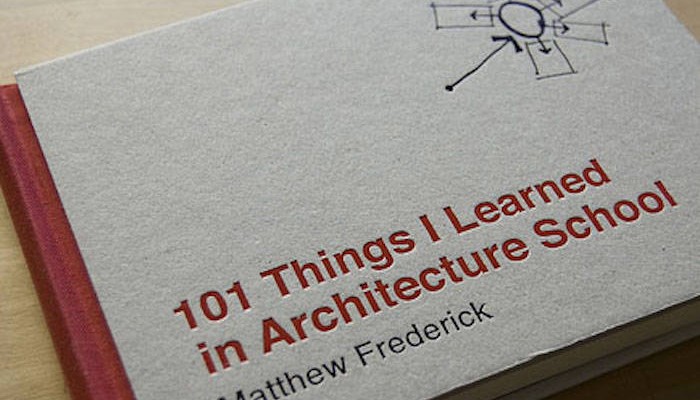Although this book is aimed at architecture students, i felt it was actualy quite helpful in thinking about space, architecture and the creative process while designing scenery for some of my animations.
It has helpful tips on how think and create through sketching, but also slightly more meta subjects as what makes space exciting or compelling to look at. What makes it dramatic, how do you frame your views?
Each spread is a single idea, technique or concept. Great illustrations and wise words throughout. I really love the board cover and binding. Another nice touch is the numbering and the use of the blackened center gutter.
These 101 concise lessons in design, drawing, the creative process, and presentation go from the basics of “How to Draw a Line” to the complexities of color theory. Each lesson uses a two-page format, with a brief explanation and an illustration that can range from diagrammatic to whimsical. The lesson on “How to Draw a Line” is illustrated by examples of good and bad lines.
Because i am not an architect, this gave me a fresh perspective on designing buildings or spaces or simply sketching out a scene.
“How to draw a line, the meaning of figure-ground theory, hand-lettering and the fact that windows look dark in the daytime each item has resonance beyond architecture. Books like this are brief tutorials in the art of seeing, a skill useful in every aspect of life on the planet.” —Susan Salter Reynolds,latimes.com
About the Author
Matthew Frederick is an architect and urban designer in Cambridge, Massachusetts. He has taught at a number of colleges and universities, including Boston Architectural College and Wentworth Institute of Technology.
